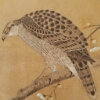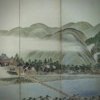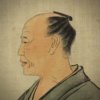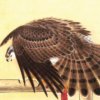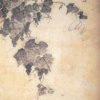Itō Jakuchū’s Paintings 004: “Genpo Yōka (Exquisite Flowers from the Mysterious Garden)” and “Sokenchō (a Collection of Woodblock Prints by Jakuchū)”
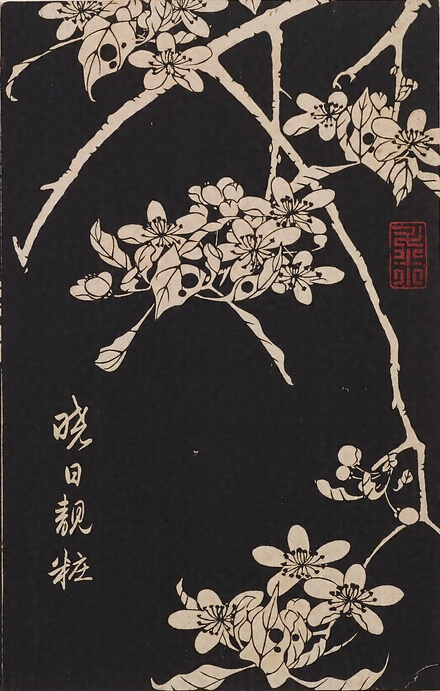
“Genpo Yōka” depicts forty-eight images of flowers, insects and vegetables with bold expression and delicate monochrome drawing, and is produced as a simple black and white ink rubbing print without any gradation.
Although there is no variation in tone, the sharp lines drawn in black capture the tense postures of insects and the shapes of plants, portraying a strange world with Jakuchū’s unique interpretation and succinct expression.
Many of the screens are taken from works that Jakuchū drew throughout his life.
The technique of takuhanga differs from that of ordinary print books in that the black-and-white screen is reversed.
Instead of applying paint to a woodblock engraved with a pattern on a convex plate and rubbing with a barrel to copy it onto paper, the paper is moistened and tapped from above and pressed into the concave surface of the woodblock, as in rubbings on an intaglio plate, and then rubbed with sumi ink onto it.
Black background and white pattern. This technique has been used since the Song dynasty (960-1279) in China for the calligraphy of handbooks, and was used for sharp and subtle expressions.
This technique, called takuhanga, was introduced to Japan with the arrival of the Ōbaku school of Zen Buddhism and started around the Genroku period (1688-1704).
This is probably the reason why Jakuchū, who had close ties with the Ōbaku monks, dared to use rubbed woodblock prints, which were used for calligraphy, and it is an unprecedented achievement in the history of woodblock prints.
On the other hand, “Sokenchō” is a work that has not been widely introduced, as it has been transmitted in an incomplete form without a complete volume.
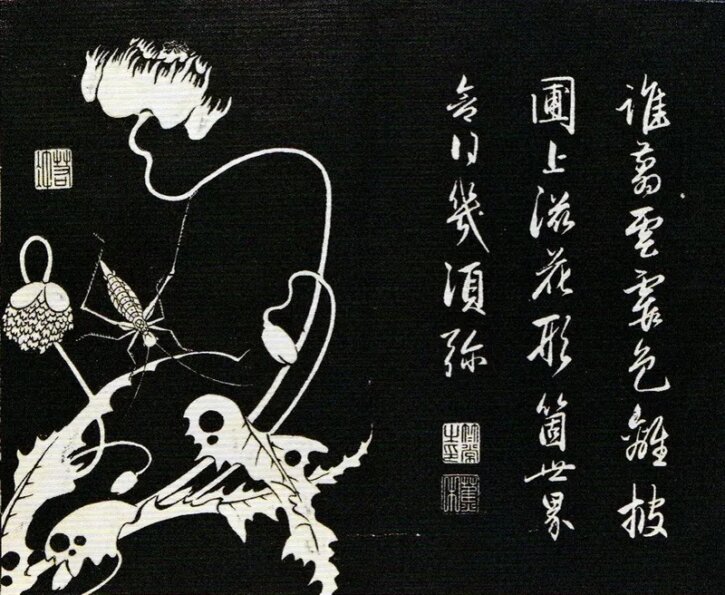
It is bound in a book with thirty-six rubbed woodblock-printed illustrations of flowers, birds and insects.
Each picture is accompanied by a poem by Zen master Daiten, and compared to the Genpo Yōka, the line engravings are gentler and the engraving has a rough feel, lacking in clarity and tension.
However, on the contrary, one can feel the gentle expression of plants.
The paper and the ink for use are also considered to be of lower quality.

